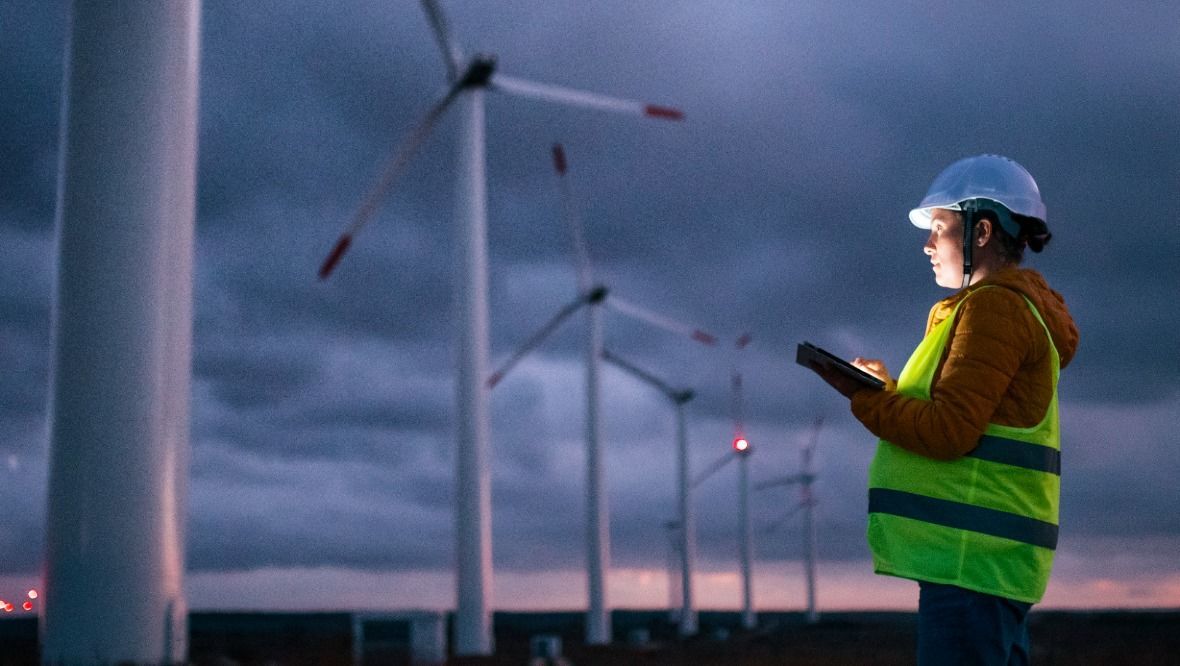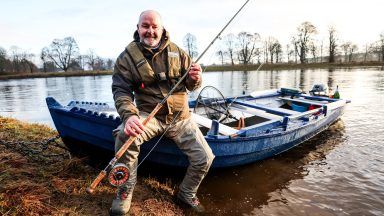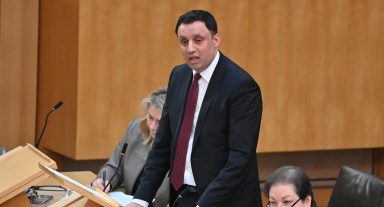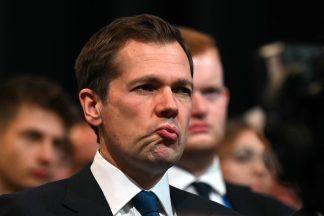Electricity customers have paid windfarm operators £1bn to switch off turbines, STV can reveal.
The compensation has been paid over the past decade.
Windfarm owners receive the money when the electricity grid is at capacity. The costs are likely to escalate.
Windfarms have been the dominant weapon in the UK and Scottish governments’ armoury against climate change for years.
The financial milestone in their history was passed on Thursday night.
When the national grid is at capacity, windfarm owners collect so-called “constraint payments” for switching turbines off.
The cost is added to domestic electricity bills.
The payments amounted to £13m in 2011 and rose rapidly to a record £274m last year, according to the Renewable Energy Foundation.
So far this year, £76m has been paid out. It has been a less windy year.
A charity that monitors the data has condemned the current system.
Dr John Constable, of the Renewable Energy Foundation, said: “It was the choice of windfarm developers to build in remote areas where there’s low demand and very little grid.
“So, the fact that they’re constrained off is an entirely foreseeable commercial risk and they really shouldn’t be receiving any compensation at all.
“As it is, the extraordinary thing is that they’re actually making more money when they’re not generating than when they’re generating and selling normally to consumers.”
The National Grid Electricity System Operator is responsible for balancing the network.
It said it operates the system in the most cost-effective way for the consumer, adding that constraint payments are made when it is more economical than building new infrastructure.
The UK and Scottish governments, as well as the Green Party, were all approached for a comment.
A spokeswoman for the UK Government’s Department for Business, Energy and Industrial Strategy said: “Keeping bills low is a key priority, and constraint payments remain by far the most efficient option for National Grid Electricity System Operator to balance supply and demand.
“Constraint payments are used in electricity systems across the world, keeping costs down for consumers and ensuring safe, secure and reliable electricity.”
A Highlander who first highlighted the controversial payments some years ago believes the £1bn figure will shock people.
Stuart Young, an anti-windfarm campaigner, said: “Since it’s come out in the open, people will get to know about it.
“They’re going to feel very, very angry at the way the energy industry and politicians have deceived them and not told them the truth about it.
“There’s lots more pain to come. Every time a small turbine or a big turbine is added to the mix then this price is going to go higher and higher.”
Local battles in the Highlands, where most turbines are located, continue.
Michael Baird, of the Struie Action Group, said: “We are concerned about the number of windfarms that are coming into the area.
“We feel that at the moment there is a sufficient quantity of them and we’re just adding more and more to the constraint payments to have the turbines actually switched off.”
Follow STV News on WhatsApp
Scan the QR code on your mobile device for all the latest news from around the country


 iStock
iStock

























